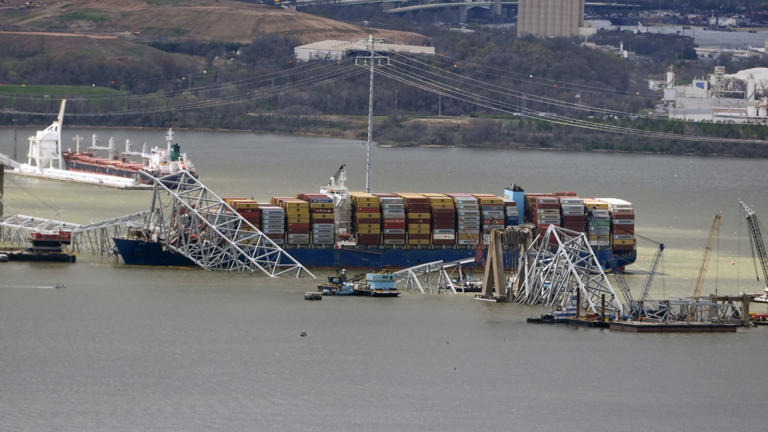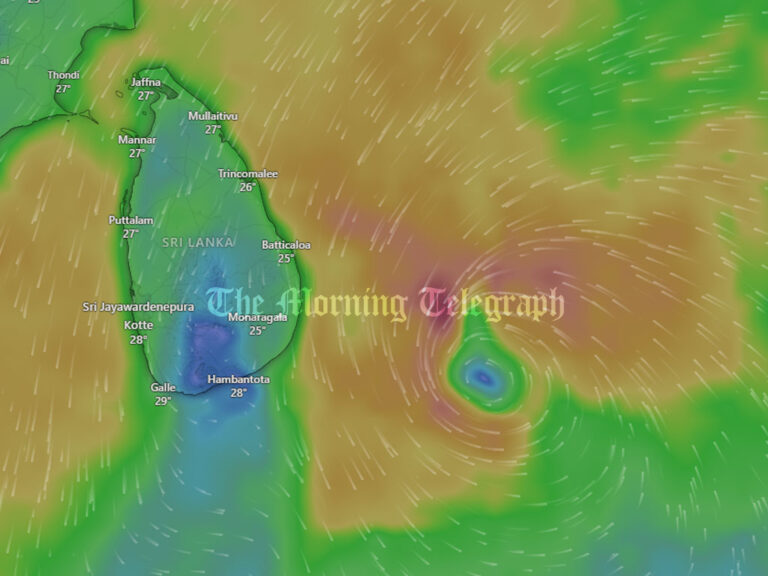
The maritime community is on high alert following a significant incident involving the Singaporean-flagged vessel Dali, which recently crashed into the Francis Scott Key Bridge over the Patapsco River in Baltimore, USA, on March 26. This event has prompted urgent calls from both international and local maritime trade unions, deeply concerned about the well-being of the 21 seafarers aboard and the potential environmental repercussions due to the vessel’s hazardous cargo.
Ranjan Perera, a representative from the International Transport Workers’ Federation (ITF) in Colombo, voiced the trade unions’ anxieties, emphasizing the need for authorities to prioritize the crew’s safety alongside the infrastructural and economic impact assessments. The Dali, carrying containers of hazardous materials destined for Colombo Port on April 21, poses a significant risk to the crew exposed to such substances during their voyage.
The incident, which saw the bridge’s dramatic collapse, was attributed to the vessel’s generators failing, leaving it adrift at 10 knots on the icy waters without the ability to change direction. Perera, a former merchant ship captain, highlighted the importance of the captain being fully aware of the cargo’s nature for safety reasons, questioning whether this protocol was followed in this case.
The crew, comprising 21 Indians and one Sri Lankan, identified as electrical engineer Chaminda Kariyawasam, are under the ITF’s watch, with assurances of their good health but uncertainty about the duration of their stay aboard the vessel amidst ongoing investigations.
The National Union of Seafarers Sri Lanka (NUSS) joined the ITF in urging for a thorough investigation concerning the hazardous cargo, underlining the risks seafarers face when dealing with potentially dangerous materials.
State intervention has been prompted, with assurances of a thorough investigation to identify the consignee and the nature of the cargo. Yet, the situation remains fraught with concerns over environmental safety and the rights and welfare of the seafarers involved.
This incident has stirred memories of past attempts to dump hazardous waste in Sri Lanka, raising broader issues about the global maritime industry’s environmental and ethical standards. As investigations proceed, the maritime community awaits answers, hoping for measures that will ensure the safety of seafarers and protect vulnerable environments against the risks posed by the transportation of hazardous materials.





